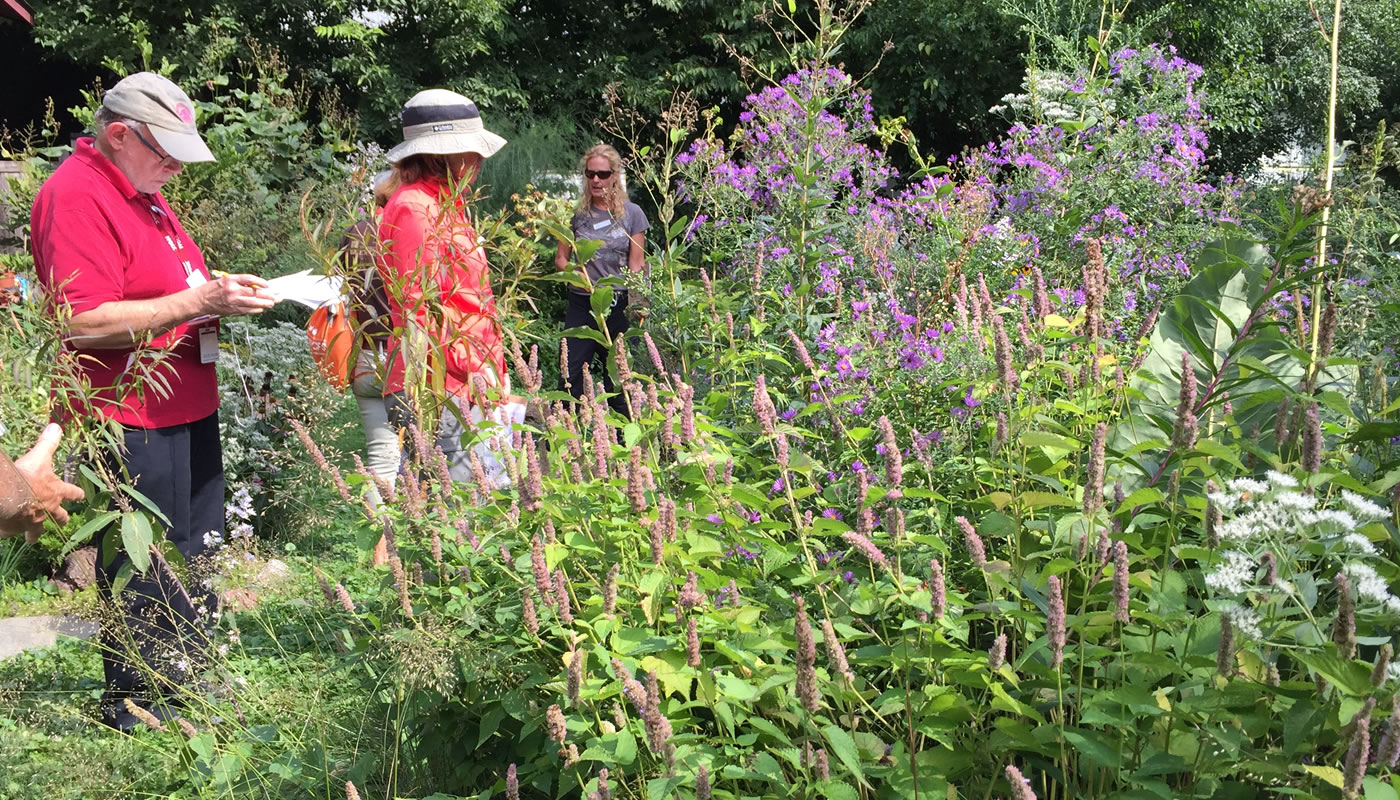Earlier this year, the Forest Preserves of Cook County, in partnership with the University of Illinois Extension, launched the Conservation@Home program to encourage Cook County residents to adopt environmentally friendly practices that help provide wildlife and native plants habitat in residential, school and workplace gardens.
Since the program’s inception, 43 homeowners have had their gardens certified, and 21 more are working toward certification.
“This program not only helps the Forest Preserves to expand beyond our borders, it’s allows homeowners to experience the many benefits of growing native species. Typically, landowners who plant native flowers, grasses, shrubs and trees see an increase of colorful birds and butterflies in their yards,” said Nina Baki, community outreach coordinator for the Forest Preserves of Cook County. “These native plantings also provide an array of colors and dimension to a garden and will tolerate droughts, lessening the need to water.”
According to Joann Dinneen and Rick Frank, two Conservation@Home participants, following the Conservation@Home practices was an easy decision when they considered the benefits of using native plant species in their garden.
“One of the motivations for our garden was to be able to look out our living room windows and see a garden, rather than a street,” said Dinneen and Frank. “We have made ourselves and a lot of finches, bees, birds, and who knows what other creatures very happy. The plants grow and flourish without the help of fertilizers or ‘growth’ additives because this is where they belong! They have changed the composition of our soil and it is soft, fertile, dark and receptive to any native that we add. We love our garden, the native plants love our garden and anyone who walks by our house loves our garden.”
In addition to certifying gardens, the Conservation@Home program offers public educational opportunities throughout the Forest Preserves. Check out upcoming Conservation@Home and gardening events.
Landowners can participate in and earn a Conservation@Home certification and sign for their yard by filling out an application, meeting easy to follow criteria, and inviting a Conservation@Home evaluator to their yard for an evaluation. The criteria includes aspects of native plantings, wildlife habitats, water conservation, and alternative and organic ways to fertilize and control weeds.

